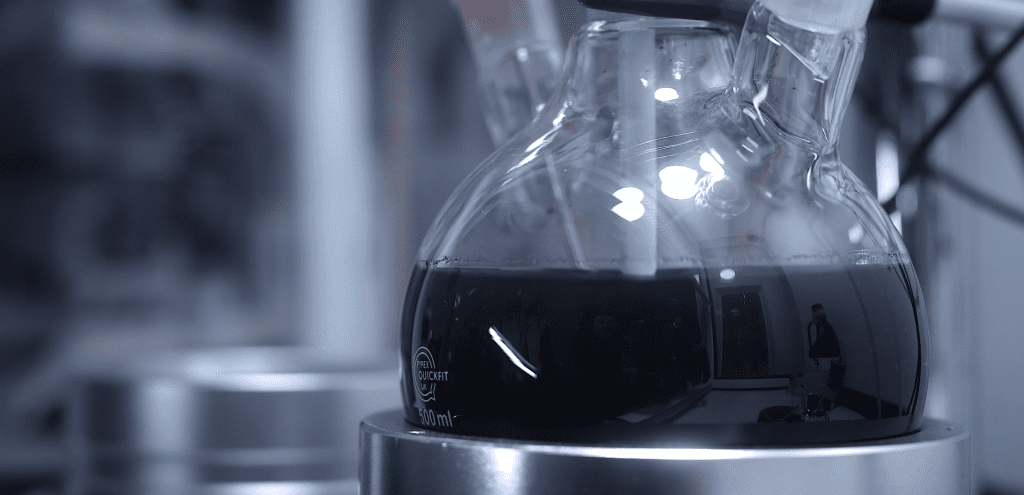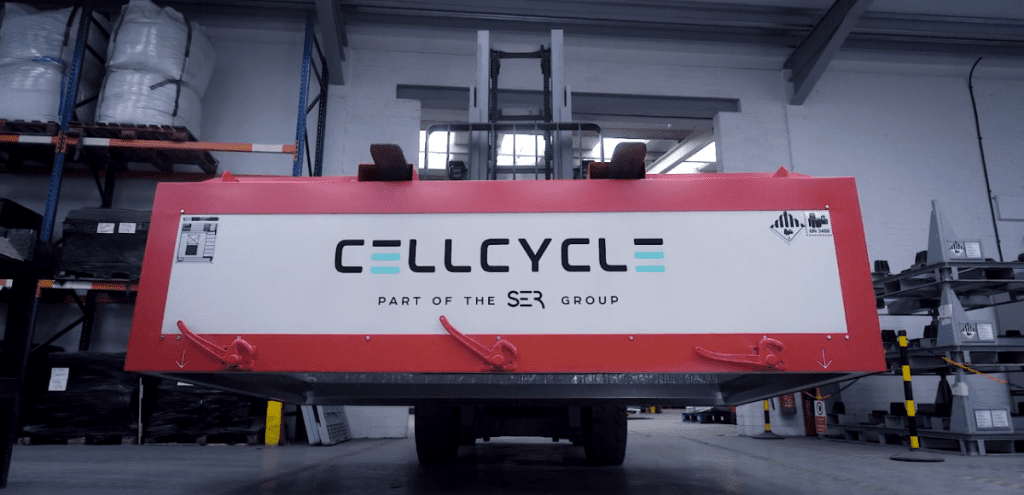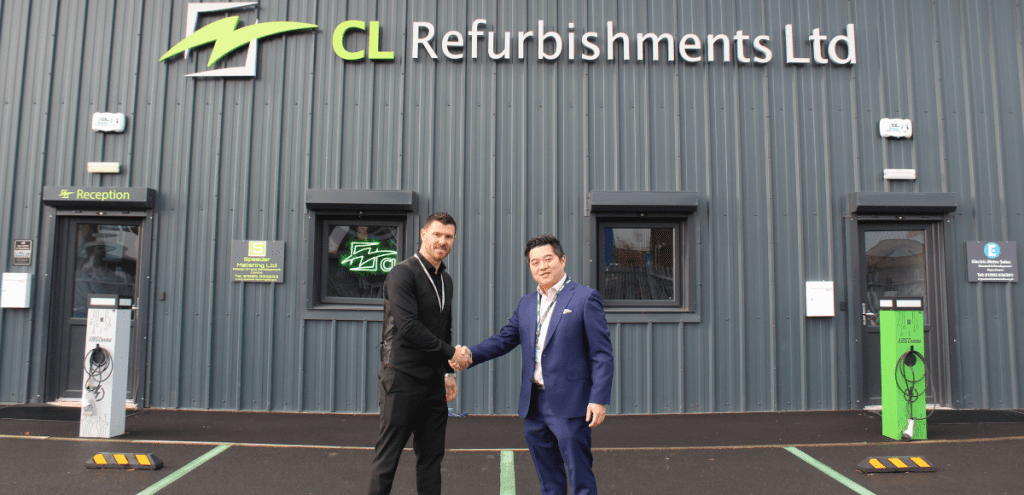The global shift towards electric vehicles and renewable energy is driving exponential growth in lithium-ion battery usage. But with this growth comes the urgent need to manage end-of-life batteries responsibly. Effective lithium battery disposal is no longer optional—it is essential for environmental safety, resource efficiency, and regulatory compliance.
At the heart of this challenge lies the choice of recycling methodology. Three dominant processes—pyrometallurgy, hydrometallurgy, and LithiumCycle™ Process—offer different pathways to recover valuable metals such as lithium, cobalt, and nickel. At Cellcycle, we’ve chosen to champion biotechnological solutions that prioritise both sustainability and performance.
Pyrometallurgy: High-Temperature Recovery with High Environmental Cost
Pyrometallurgy is the oldest and most established method for metal extraction. It involves shredding the lithium batteries and incinerating the material at extremely high temperatures, often exceeding 1,000°C. The intense heat burns off plastics and electrolytes, allowing metals like cobalt and nickel to be extracted from the molten residue. However, lithium is frequently lost in the slag by-product.
While the process is relatively quick and compatible with mixed battery chemistries, its energy demand is substantial. The carbon footprint of pyrometallurgical lithium battery disposal is also high, releasing CO₂ and other toxic gases during incineration. Additionally, the infrastructure required is expensive and inflexible, making scalability difficult without major investment.
- Energy Use: Extremely high due to furnace operations
- Environmental Impact: High CO₂ emissions and slag waste
- Metal Recovery: Cobalt and nickel recovered; lithium often lost
- Scalability: Industrial scale but carbon-intensive
Hydrometallurgy: Efficient Recovery, but Chemically Intensive
Hydrometallurgy has gained popularity as a more selective and efficient method of lithium battery disposal. The process involves first shredding and drying battery components, then dissolving them in a strong acid or alkali solution. Specific reagents are added to separate and precipitate out individual metals. Lithium, cobalt, and nickel can be recovered in high purity if the process is carefully managed.
Despite its effectiveness, hydrometallurgy is chemically intensive and generates large volumes of liquid waste. This waste must be neutralised and treated, which adds complexity, cost, and environmental risk. Improper handling of these chemicals can result in contamination of local water systems. Moreover, the chemicals used—such as sulphuric acid and hydrogen peroxide—pose health and safety risks to operators.
- Energy Use: Moderate; mostly chemical processing
- Environmental Impact: Risk of effluent discharge and chemical waste
- Metal Recovery: High for lithium, cobalt, and nickel
- Scalability: Technically scalable, but with waste management constraints
LithiumCycle™ Process: A Scalable, Low-Carbon Alternative for Lithium Battery Disposal
LithiumCycle™ Process represents the next generation of sustainable lithium battery disposal. This process uses naturally occurring or engineered bacteria to leach metals from processed battery materials. Once the batteries are dismantled, the active materials are broken down into a fine particulate form. These are then placed in bioreactors where selected microbes—under controlled conditions—produce organic acids that dissolve the metal content over time.
What makes LithiumCycle™ Process unique is its minimal environmental footprint. It operates at room temperature, requires no harsh chemicals, and emits no greenhouse gases or toxic fumes. At Cellcycle, our proprietary LithiumCycle™ process—developed in collaboration with Coventry University—has achieved metal recovery rates exceeding 90% in under an hour. Supported by Innovate UK, this innovation is now being scaled into a full industrial solution for the UK market.
- Energy Use: Exceptionally low; room temperature process
- Environmental Impact: No toxic emissions or chemical waste
- Metal Recovery: Proven >90% for lithium, cobalt, nickel, and manganese
- Scalability: Modular and adaptable for large-scale implementation
Why Cellcycle Invests in Bio-Based Lithium Battery Disposal
Cellcycle is dedicated to developing cleaner, safer, and more responsible recycling solutions. With our bio-based LithiumCycle™ technology, we are transforming the way the UK approaches lithium battery disposal. Our process reduces environmental harm, recovers more critical materials, and aligns with circular economy principles.
As the battery industry continues to expand, companies will need to make smarter decisions about how they manage end-of-life batteries. LithiumCycle™ Process is not just a scientific breakthrough—it’s a practical, scalable, and sustainable alternative to traditional recycling methods. And it’s one we are proud to lead.


